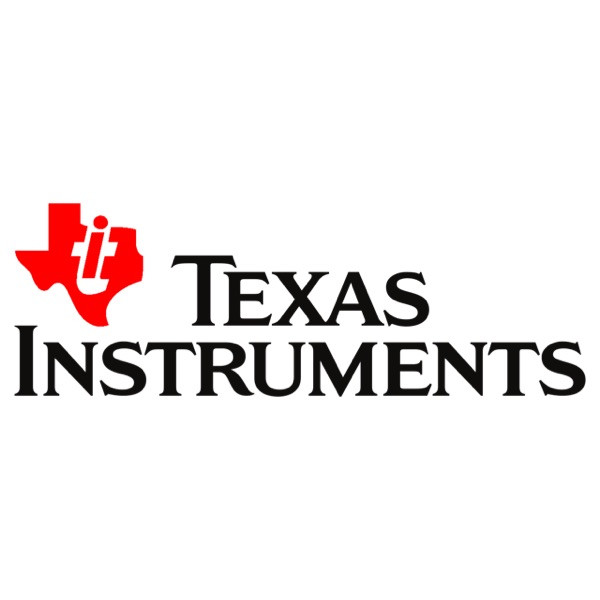Four-bit bus transceiver designed for asynchronous communication between data buses
13-06-2019 | Texas Instruments | Power
Texas Instruments SN74AXCH4T245 Four-Bit Bus Transceiver employs two individually configurable power-supply rails. The device runs with both VCCA and VCCB supplies as low as 0.65V. The A port is intended to track VCCA, which allows any supply voltage from 0.65V to 3.6V. The B port is intended to track VCCB, which allows any supply voltage from 0.65V to 3.6V. The device is compatible with a single-supply system. The device is created for asynchronous communication within data buses. It transmits data from the A bus to the B bus or from the B bus to the A bus, all depending on the logic level of the direction-control inputs (1DIR and 2DIR). The output-enable inputs (1OE and 2OE) are employed to disable the outputs, so the buses are effectively isolated. All control pins (xDIR and xOE) are referenced to VCCA.
Active bus-hold circuitry retains unused or undriven inputs at a valid logic state. Use of pull-up or pull-down resistors with the bus-hold circuitry is not recommended. If a supply is present for VCCA or VCCB, the bus-hold circuitry constantly remains active on the A or B inputs respectively, irrespective of the state of the direction control or output enable pins. To guarantee the high-impedance state of the level shifter I/Os during power-up or power-down, the xOE pins should be tied to VCCA through a pull-up resistor. This device is fully specified for partial-power-down applications utilising the Ioff current. The Ioff protection circuitry ensures that no excessive current is drawn from or sourced into input, output or combined I/O that is biased to a particular voltage while the device is powered-down.
Typical applications include enterprise and communications, industrial, personal electronics, wireless infrastructure, and building automation.
By Natasha Shek

SN74AXCH4T245RSVR

